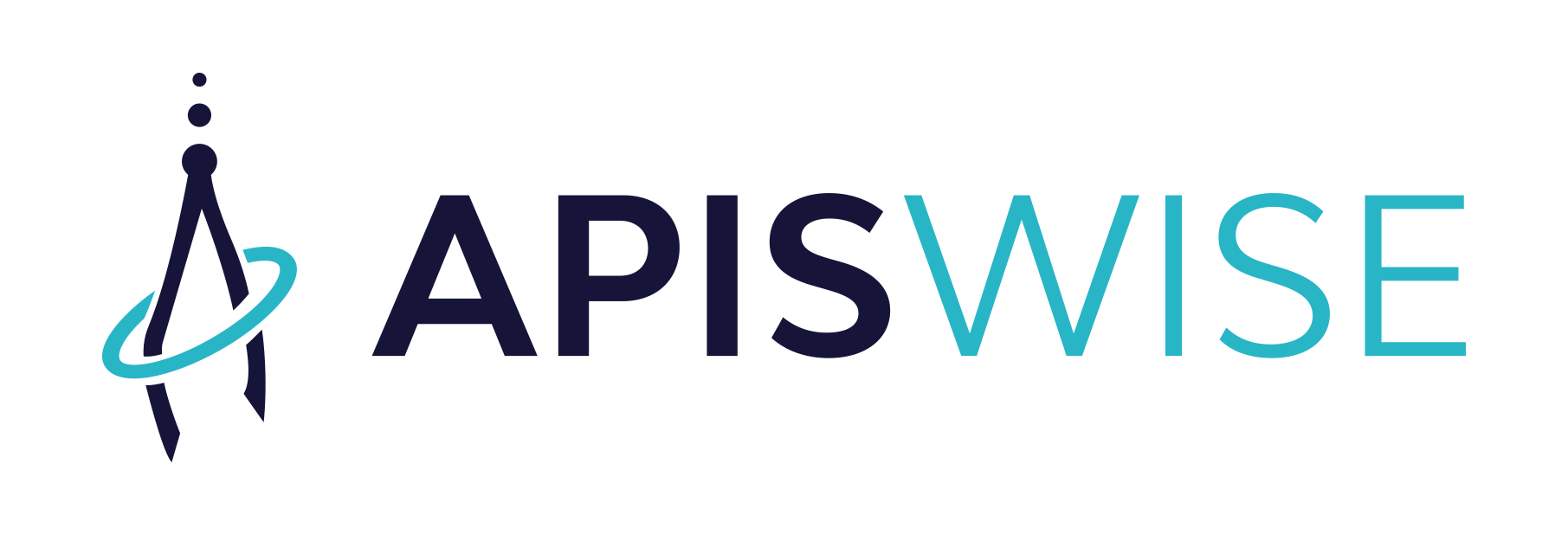As we enter the new year, are you looking to find ways to fund an upgrade to your pallet labeling or make other warehouse improvements? Traditional funding such as secured loans, private investments, equity financing, business, bonds, and term loans are all options. However, there are three other options that are worth discussing:
R & D TAX CREDITS
In the U.S., the Research & Development or R&D Tax Credit is the biggest credit available to U.S. businesses, yet also one of the most underutilized. Some manufacturers in the United States are aware of the R&D credit, however, claims are often limited to expenditures of engineering time or the invention of new products. Many are unaware that the credit is expansive in the definition of qualified activities and includes the development of new or improved products and processes.
What counts as R&D? If your business is involved with any of the following areas, then it’s likely that you could be eligible. Projects that may qualify for R&D tax relief include:
- Development of new or improved manufacturing processes related to reliability, quality, or increased yields
- Improving the quality or performance of existing products
- Development of custom fabrication methods
- Design, development, and testing of prototypes and samples
- Modeling of new or improved products based on customer request
- Evaluating the quality and reliability of materials and components incorporated into new or improved designs
- Streamlining manufacturing processes through automation
- Tooling and equipment fixture design and development
- Development of material waste recycling techniques
- Performing testing for stress and tolerance requirements
EMPLOYEE RETENTION CREDIT (ERC)
The Employee Retention Credit (ERC) was created with the passing of the Coronavirus Aid, Relief and Economic Security (CARES) Act in March 2020 and expanded with the Consolidated Appropriations Act (CAA) and the American Rescue Plan Act (ARPA) to encourage businesses to keep employees on payroll during a time of extreme economic uncertainty. While many business owners are aware of this credit and have filed for it, extension and other changes in the program may increase your eligibility.
Who is eligible? The legislation defines “small businesses” based on the number of employees in 2019. However, the definition differs each year. It is important to note that companies of various sizes, even ones with more than 500 employees, may still qualify for ERC benefits. Credits are available for tax years of 2020 and 2021.
Benefits of ERC include up to $26,000 per employee retained. Fully refundable credit – If credits accrued exceed the amount of tax due, the employer will receive a refund in the amount of the difference. It is also important to note that the credit is available to employers regardless of whether they took PPP loans or not. And that even if a company previously took an ERC credit, it may be eligible for additional funding due to changes in the program that took place after the initial credit was processed.
- The availability of funds for previous tax years 2020 and 2021 can provide crucial funding for payroll, equipment purchases, infrastructure, or special projects.
GOVERNMENT GRANT FUNDING
If government funding is not part of your business strategy, it should be. Every year, the federal and local governments allocate billions of dollars in the form of non-repayable grants and interest-free loans to support American businesses. The main objective is to facilitate growth and prosperity in the economy by encouraging investments and continuous innovation.
There are thousands of grant programs available, all with varying funding amounts, criteria, and timelines. Most grants are awarded on a first come-first-serve basis, making it critical to align your planned projects with the most lucrative programs available. Unlike the R&D Tax Credit, grants require you to apply for funding before you incur any costs as you must pre-qualify to receive funds. Your planned investments will be reviewed and once approved, funding is awarded.
Funding categories include:
- Business Growth
- Capital Purchases
- Research & Development
- Hiring & Training
- Green & Clean Technology
- Not-for-profit Activities
Grants offer a vast funding opportunity that should not be overlooked. The process of acquiring grant funding comes with a set of challenges that applicants can potentially face such as:
- Thousands of programs
- Constantly changing funding landscape
- Timeliness of applications
- Competitive intake process
Therefore, it often times is best to secure the help of companies that focus in securing grants on your behalf. Most of these firms operate on a no risk system where they only get paid if they find funds available for your organization.
If you are looking to make a capital investment in 2023 and would like to explore any of the three options provided in this article, we recommend that you reach out to rreardon@aymingusa.com and get a free no cost assessment set up. They helped us find additional funding and may be able to help you too! At Apis Wise hope all of you have a successful and prosperous 2023!


